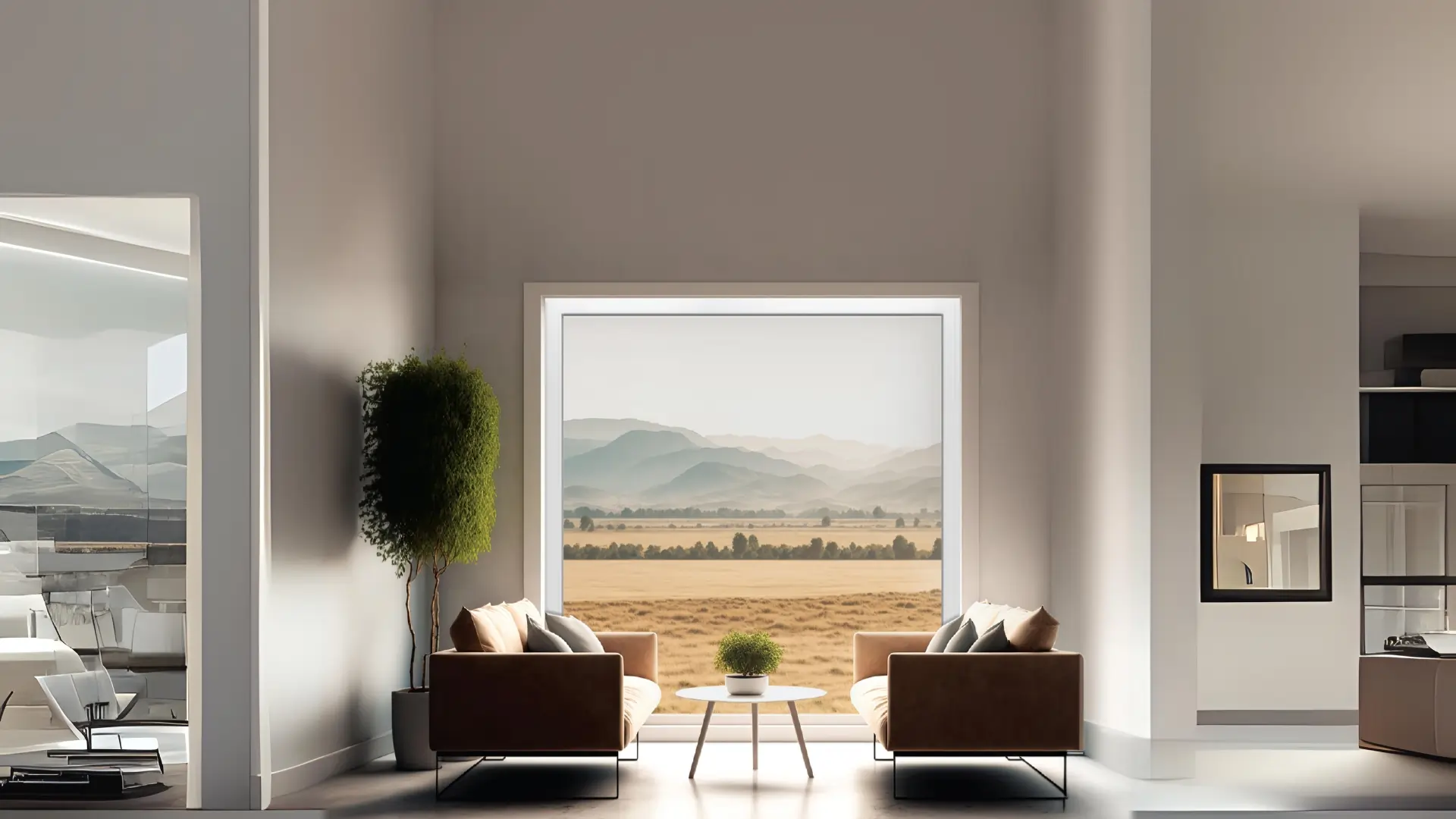In the realm of modern home design, there are materials that stand the test of time, not just in functionality but in versatility and aesthetic appeal. One such material is uPVC or unplasticized polyvinyl chloride, which is nowadays the top favorite for windows and doors in a house or any other home installation. Simplicity and adaptability are the first two things that have been associated with uPVC-bringing an unmatched combination of sleekness and permanence to interior spaces. Offering personalisation options and many practical benefits, uPVC windows and doors have become the essentials in creating ‘desirable’ homes in both style and sustainability.
Common Challenges in Home Design
hen designing a home, homeowners often face challenges balancing aesthetics with practicality. Traditional materials, such as wood or aluminum, sometimes offer that aesthetic value but come with an array of negative effects such as regular maintenance, susceptibility to weathering, and in some cases, a very limited scope for design customization.
For a homeowner with contemporary homes that might emphasize energy efficiency, versatility in designs, and minimum maintenance, there is more to be desired from his solution without putting beauty aside.
Why These Challenges Matter
As the trend is towards energy efficiency, sustainability, and minimalism in designs, the above weaknesses of the traditional material henceforth became glaring. People wanted indoors and outdoors blending se amlessly, saving energy for a reduced utility bill, and using materials that last for lifetime. Outdated and impractical materials do not befit homes that are a reflection of who you are and showcase unique taste.
Today’s homeowner asks, “Is there a material that may equally respond to the need for design flexibility and long-term performance?” The answer comes in the shape of uPVC windows and doors: it tackles head-on such concerns.
The Solution is uPVC: Simplicity and Uniqueness in One Package
uPVC emerges as a powerful solution to the aforementioned pain points. Its inherent benefits lie in its combination of simplicity, ease of maintenance, design flexibility, and longevity.
Unrivaled Durability
One of the most compelling reasons to opt for uPVC in home design is its unparalleled durability. Unlike wooden or aluminum windows and doors, uPVC is resistant to rot, rust, or even experience the wear down that is the inevitable result of exposure to weathering; it will not warp when wet, so good long-lasting performance with minimal maintenance occurs. For such a material from homeowners who never want to have to worry about something year after year, it really makes durable uPVC windows and doors the only choice.
Energy-Efficiency for Modern Homes
uPVC is very useful as houses are nowadays becoming smart and green. The biggest windows and doors are the main energy-loss points in any house. A poorly insulated frame means far greater heating and cooling bills. uPVC windows and doors possess excellent thermal insulation properties, which retard the heating dissipation during winters and retain cool air inside homes during hot summer months. This results in saving energy and, thus, uPVC is the ideal window for the modern, green house. Energy-Efficient uPVC windows may save up to 30% in energy bills, as confirmed by energy councils. The multi-chambered profile of the uPVC frames traps air, leading to a barrier that thermally insulates the house.
Customization Options for Unique Home Designs
Another prominent feature of uPVC is that it’s not an inanimate material. It boasts incredible versatility in the area of design. Whether you are developing a modern house or prefer a more classic look, uPVC choice can be selected in a variety of styles, finishes, and colors to enhance the walls of the home. Classic white frames, woodgrain texture, and any number of other styles can be tailored to fit into architectural aesthetics of any kind.
This versatility makes it a favorite material of most home owners who look forward to both versatile uPVC designs matching their interiors as well as their exteriors, and those who look for unique uPVC solutions to the interior of their homes.
Low Maintenance for Everyday Convenience
Today, homeowners would love to be low-maintenance about their homes. uPVC windows and doors are very low maintenance, requiring just an occasional wiping to keep their shiny appearance. Wood does not stop decaying unless sanded and varnished periodically, while metal window frames can rust if water penetrates behind them. uPVC remains new-looking and will maintain its looks and performance without much ado. This low maintenance makes it so desirable that uPVC has earned its place in home design as both a practical thing to use and aesthetically pleasing.
Sustainability and Environmental Impact
Beyond energy savings, uPVC is also an environmentally responsible choice.First, less raw material is consumed to manufacture compared with alternatives made of aluminum or wood. Besides that, it is recyclable in full, and environmentally conscious homeowners could use it as a sustainable material for the design of the home. This would result in the home design using uPVC having a reduced carbon footprint while simultaneously lasting long.
Stylish and Modern Aesthetic Appeal
While uPVC is well-known for its functional benefits, its aesthetic value should not be overlooked. Stylish uPVC for homes offers something in the way of sleek, minimalist lines that really can elevate a home’s overall look. Whether it’s looking at floor-to-ceiling windows that open up a space or sliding uPVC doors that blur indoor and outdoor living, uPVC frames do elevate contemporary home aesthetics in simplicity and sophistication.
Case Study: The Success of uPVC in Residential Projects
Let’s consider a modern housing development that has chosen uPVC for every window and door. The architects had a problem with energy loss and the high cost of maintaining the homes, which were originally equipped with traditional wooden and aluminum-framed windows and doors. Compared to when it was equipped only with traditional wooden and aluminum windows and doors, annual energy costs decreased by 25% when the houses were fitted with uPVC windows and doors while still enhancing the aesthetic look of the homes. House owners did report a great difference in the regulation of indoor temperature and really appreciated low-maintenance features that cut half of the costs in maintenance.
This case study of uPVC in homes elaborates more to the homeowners on their needs for having a design that unifies both form and function. The housing project, through adopting uPVC, came out to prove that it is possible for home dwellers to have modern and stylish designs without giving up on durability and sustainability.
The Perfect Blend of Simplicity and Uniqueness
uPVC stands out as a material that seamlessly blends simplicity and uniqueness in home design. One of the primary characteristics of uPVC is that it is fairly customizable, hence offering scope for personal design choices. As such, it could be applied to homes nearly irrespective of whether they would be traditional or contemporary style.
Putting energy-efficient uPVC in the house design will really pay off in the long run through cost-cutting means as well as to contribute to a brighter and more sustainable future. Whether it’s a new house or renovating the old place, uPVC will serve you with one option: flexible, tough, and looking good. It is much more than a material-it’s a cornerstone for any unique and practical home interior.

